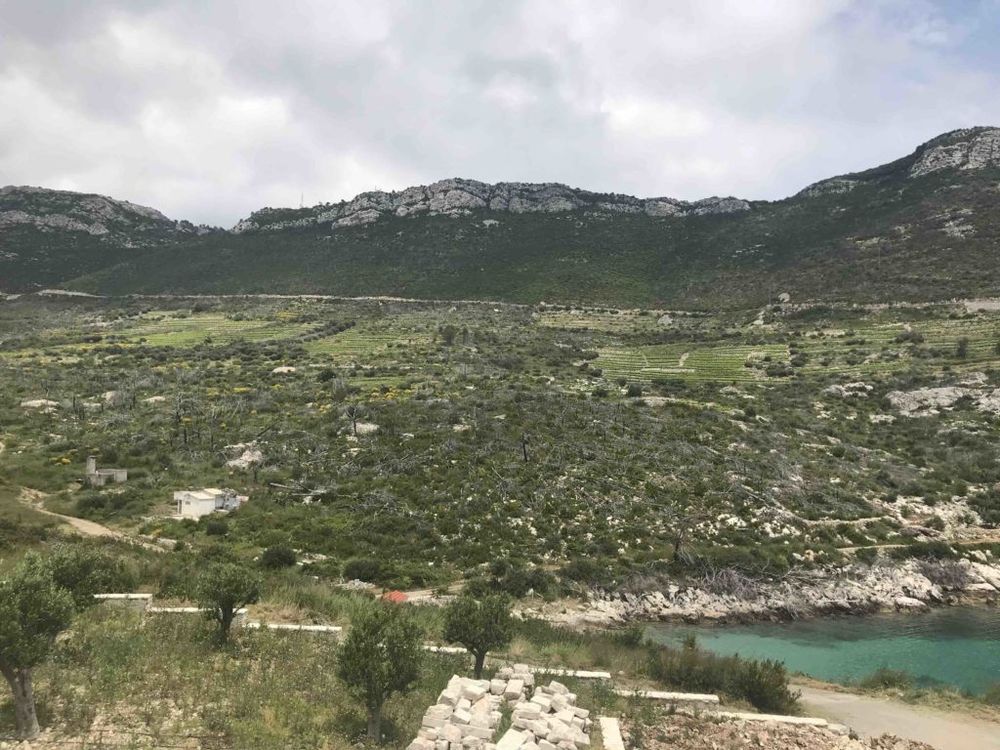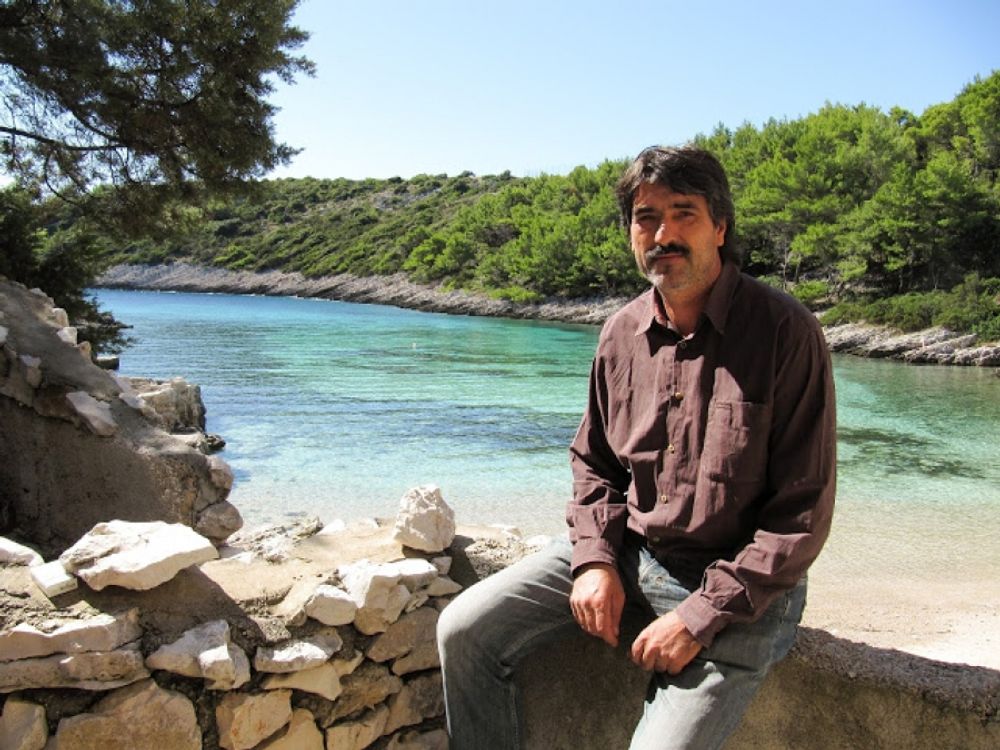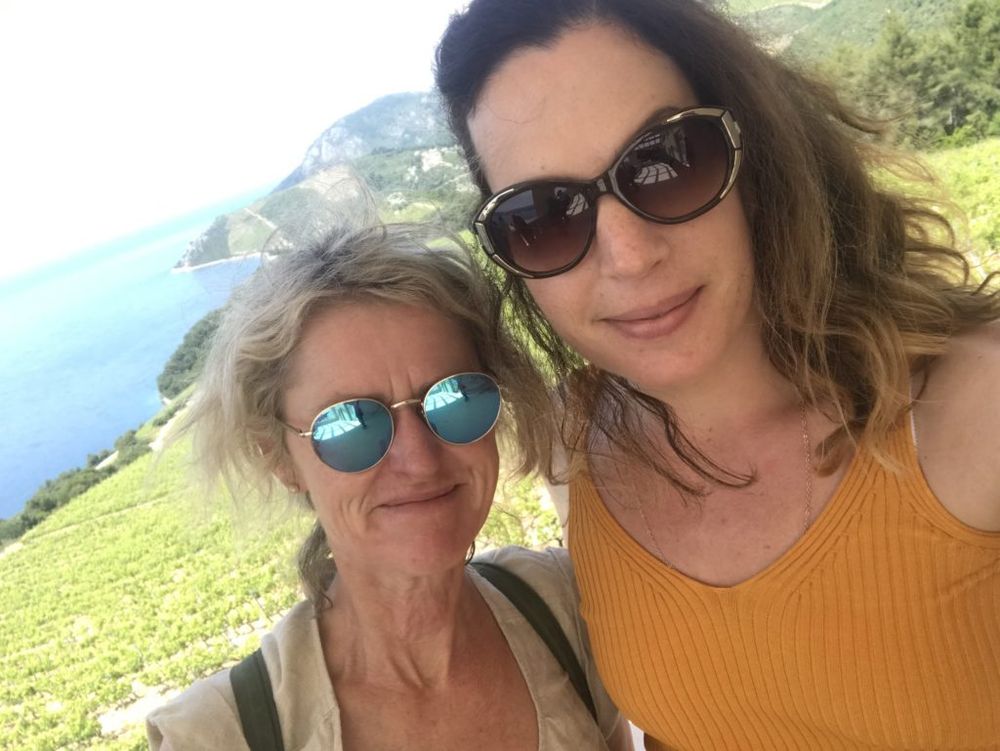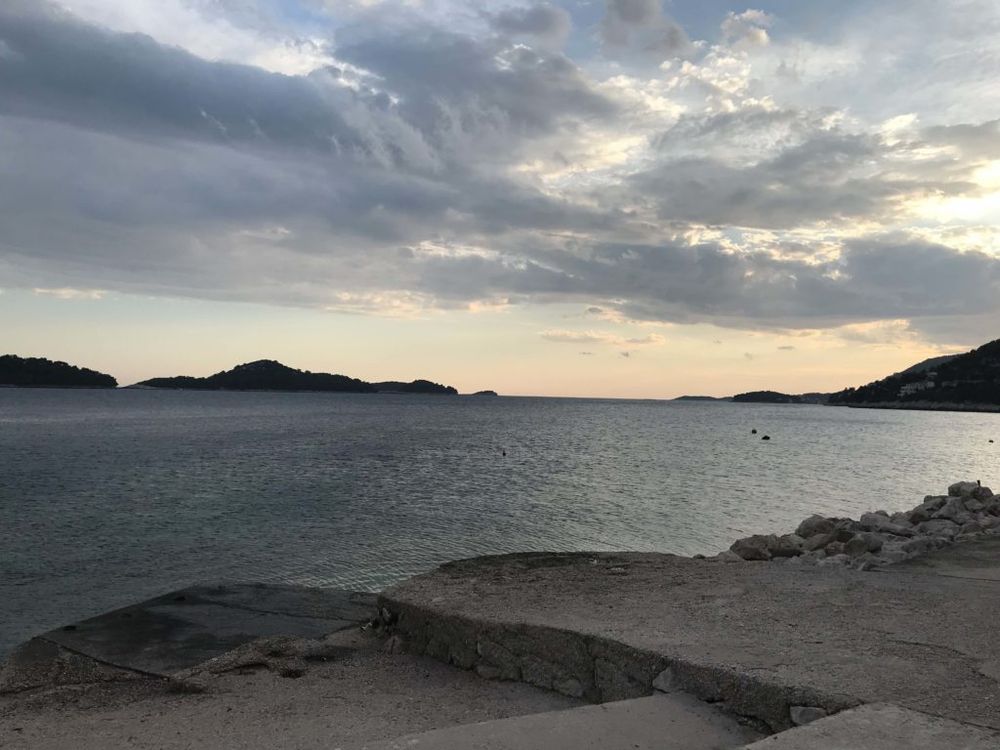Croatia (apparently) has it all. The history, the stunning scenery, the food, and, yes the wine. So is it time for Croatian wine to finally make their way on to more premium restaurant wine lists? Kate Hawkings hopes so…
Like so many countries previously under Soviet-controlled communism, Croatia has been transforming its wine industry since it gained independence and is now attracting the attention of markets around the world.
The northern-most wine region of Istria and Kvarner, bordering Slovenia and within spiting distance of Italy and Austria, has been the most dynamic and outward-looking, and has enjoyed considerable export success since Croatia joined the EU in 2013, particularly with its native Malvazija Istarska grape.
Further south, in the Dalmatia region, things have moved more slowly but after years of decline their wine industry is showing signs of revival and modernisation.
“I’d say this part of Croatia is about 15 years behind where Hungary is now,” says my companion Lilla O’Connor, wine marketing specialist and the force behind the successful recent Wines of Hungary campaign in the UK.
We are on Korčula, one of Croatia’s most southerly islands. The Greeks were the first to plant vines here 2,500 years ago (Homer is said to have written his Odyssey on the neighbouring island of Mljet), a tradition continued by subsequent conquerors including the Romans, Venetians and Austro-Hungarians. The island’s many hillsides were terraced and its indigenous grapes including posip, grk (surely the only varietal not to contain a vowel?) and plavac mali flourished, exposed to the mediterranean sun and cooled by its sea breezes.

The hills…the hills…terraced vineyards stretch across the hillside
Korčula’s island status saved it from the initial ravages of phylloxera. A healthy export market to its wine-starved neighbours brought a short-lived economic boom until the dreaded insect made its way across the sea in the early 20th century, destroying most of Korčula’s vines as well and leading to an exodus of population.
Twentieth-century doldrums saw occupations by the Italians and Germans, followed by post-war communist rule under the Yugoslavian flag. Vines were replanted by state-run cooperatives, mainly on the boggy valley floors rather than the more costly-to-manage ancient terraces, churning out wine with an eye very much on quantity rather than quality.
Back on its feet…again
Post-communist independence came in 1991, then the devastating Serbo-Croatian war of the early 90s when yet more islanders fled and Korčula’s vineyards and wineries floundered once more. Just as the economy was getting back on its feet, the crash of 2007-8 dealt yet another blow. It’s hardly wonder the modern wine industry of Korčula and its immediate neighbours is only just getting into its stride.

Joanne Ahearne MW has been making wine in Hvar for the last five years
“The regional variations within Croatia are quite complex,” says Jo Ahearne MW, an English-born winemaker who has been making wine on the island of Hvar, 60km north of Korcula, since 2014. “It’s not just the varieties and climate, but also different cultural influences, and historical economic development, or lack thereof. Economic development has always been stronger in the north than in Dalmatia, which is reflected in the amount of money around for investment in the wine industry. That’s not to say that there aren’t some hugely impressive new wineries here, just that there are fewer of them, and many lack the funds needed to reach out to export markets.”
Posip for white wines, and Plavac Mali for reds are still the varietals most commonly gown here. Plavac Mali is a tricky grape, ripening with maddening irregularity such that un-ripe, ripe and raisined berries are found within a single bunch – green tannins battle it out with high alcohol levels and heavy use of oak – while Posip has its own challenges in that it can struggle to have enough acidity to balance its aromatic fruit and often oily texture.
“Only a few years ago most of the Dalmatian grapes were priced only on sugar levels so growers gave scant attention to acidity,” Jo goes on. “In Dalmatia they sell nearly all the wine they make domestically, to Croats and to tourists, so there is an element of if it ain’t broke, don’t fix it, but this is changing.”
Pushing indigenous varietals

Luka Krajančić makes classic Posip wines
Luka Krajančić, at his eponymous winery on Korčula, strives to make fresher, more elegant wines than more traditional styles, fermenting at low temperature to keep alcohol levels down. He made the best Posip wines we tasted on our visit, his Posip Sur Lie 2016 producing audible swoons from our group with its seductive notes of brioche and bay leaves carried in a zippy, saline twang.
Krajančić’s family has had vineyards here since 1538; after a career in marketing, he returned to Korčula in 1996 and reinvented himself as an artist, poet and winemaker. “Wine is a philosophy, not just a drink,” he says as he pours us a succession of his intriguing wines, including an orange wine which “reminds me of what I am. This is the wine my father and grandfather made; it makes the connection with those no longer here.” He exports to USA, France, Austria and Switzerland but not (yet) to the UK.
Returning hero

Miljenko (Mike) Grgić: From celebrated Californian producer to returning Croatian hero
On the Pelješac peninsula, which hangs by a thread to the mainland and runs roughly parallel to Korčula, we head to Dingač, the region that has had PDO status since 1964 and where Plavac Mali (a relation of Primitivo) is the only permitted grape. Miljenko (Mike) Grgić was born here in 1923 and was one of the many emigres who fled to escape communist rule in the 1950s. Following his huge success in the US, where most famously, he made the 1973 Chateau MontelenaChardonnay in Napa which beat the Burgundies in Steven Spurrier’s 1976 Judgement of Paris tasting (he was also chief oenologist for Robert Mondavi), Grgić returned for the first time when the country gained independence in 1991 and asked the then-president what he could do help his homeland.
“Make wine here,” came the reply, and so he did, establishing his eponymous winery in 1996. Grgić makes only two wines; a robust Plavac Mali (“it’s the amarone of Croatia,” says O’Connor) and a Posit made from grapes grown on Korčula.
In a recent article in Decanter leading lads in the wine biz sung Dalmatia’s praises, with Joe Fattorini giving the thumbs up to Grgić and Ben Franks from Novel Wines applauding Matusko’s opulent wines, also from Dingač.
Finding their way

Kate Hawkings and Lilla O’Connor enjoy the opportunity to see Croatia’s potential for themselves
Not that such acclaim will make it easy for these wines to succeed in the UK market. As Joshua Castle from Noble Rot says: “With grape varieties difficult for many non-Croatian-speaking consumers to contend with, convincing sommeliers to taste esoteric wines is one thing, but effective marketing to persuade the man in the street that indigenous Croatian wines are worth premium prices is another.”
O’Connor agrees: “Emerging wine growing regions often face the same challenge. Domestic pricing can, and perhaps should be, higher than international pricing as domestic markets are already in place, while international demand needs to be created. The best strategy in international market entry will generally be to have an appropriate pricing ladder in place, for customers to climb up on to get to know your portfolio.”
It’s true that these wines don’t come cheap. Matusko’s wines, sold by Croatian Fine Wines and Novel Wines, go a long way north of £25, but are fine examples of the traditional Dalmatian style – uber-ripe, heavy on oak, and high in alcohol.

Maybe more appealing to modern tastes are Jo Ahearne’s two cuvées which retail at a little under £30. Imported by Liberty Wines, Ahearne uses low intervention techniques, natural yeasts and judicious use of skin contact in her thrilling ‘Wild Skins’ blend of Kuć, Bogdanuša and Pošip, and in her ‘Rosina’ rosé made with the rare Darnekuša grape.
“My search for balance comes from a search for acidity and flavours not sugar,” says Ahearne. “There’s a whole generation of people all over Croatia who are tasting like crazy and developing a different palate picture from their parents, and this will begin to inform styles over the next few years. Nothing moves quickly in the world of wine, and neither should it.”
“Dalmatia is definitely a hidden treasure on the wine map,” says O’Connor. “It’s another one of those rapidly evolving old wine worlds to watch out for, where winemaking has always been an important part of everyday culture. Plavac Mali and other indigenous grapes are capable of producing incredible wines, and winemakers there are working hard to discover their true potential – our job is the easy one, just to keep on tasting them and spreading the word “
- We were guests of Károly Barta, owner of Barta Winery in Tokaj, Hungary, who hosted us at his Hotel Priscapac Resort & Apartments: http://priscapac.com/.
































